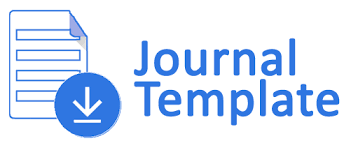A CODE-MIXING IN STUDENTS’ SPEAKING SKILLS DURING THE TEACHING AND LEARNING PROCESS (A Case of MAN 1 Grobogan)
An Analysis of Code-Mixing Practices in English Language Classes
Keywords:
Sociolinguistics, Code Mixing, Teaching and Learning Process, Speaking Skills.Abstract
Code mixing is a common phenomenon in bilingual or multilingual environments. The phenomenon of mixing Indonesian and English is not only seen in everyday life and on social media but has actually become a trend and is widely used and discussed in schools, especially in speaking classes. This research aims to identify the types, reasons, and factors that influence the mixing of Indonesian and English codes by students during the teaching and learning process.
This research uses a descriptive qualitative method. Researchers obtained data from students' speaking skills during the teaching and learning process. The instruments used in this research were observation and interviews. The researcher transcribed the observations of MAN 1 Grobogan in tenth grade and reorganized them into written data. Then, the research identified the data into types of code-mixing. After that, the researcher transcribed the results of interviews with the teacher and several students, the researcher analyzed the data on factors that influence code mixing in students' speaking skills during the teaching and learning process.
The finding showed that there are three types of code mixing used in students' speaking skills during the teaching and learning process at MAN 1 Grobogan: Intra Sentential Code Mixing 4 data, Intra Lexical Code Mixing 6 data, and Involving a Change of Pronunciation 9 data. The research found factors influencing code mixing in students' speaking skills during the teaching and learning process from interviews with the teacher and several students, such as social values, development and introduction of new cultures, limited use of code, use of more popular terms, the speaker and the speaker’s personality, and talking partners.


